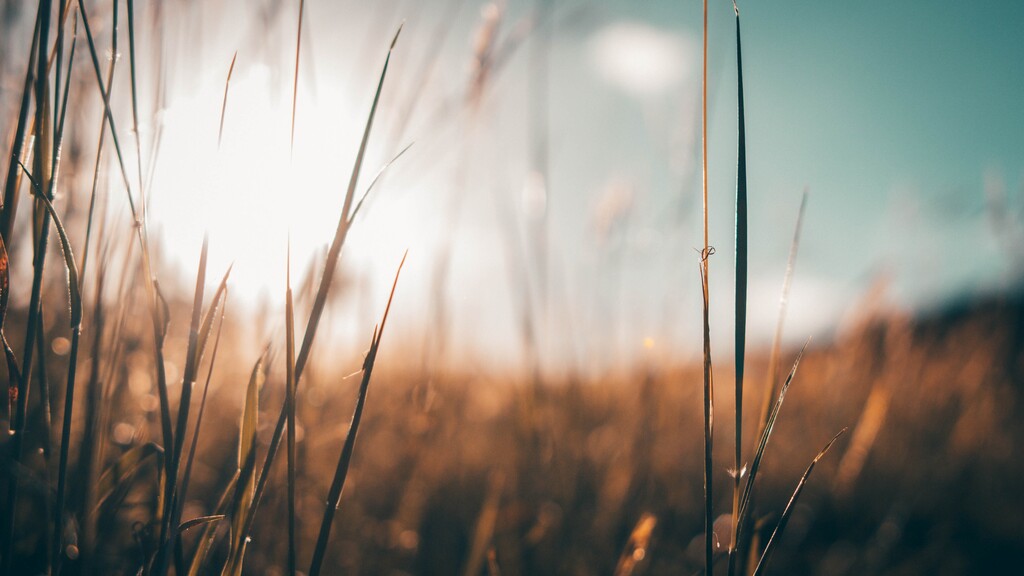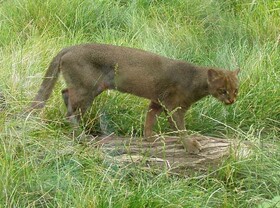

Naturefund has secured 140.000 m² of dry forest in Nicaragua for the future, together with ADECA. The dry forest is located near the Pacific coast and provides habitat for many rare species, such as the rare cat jaguarundi. A big thank you to all donors!

Start: February 2010
End: October 2013
The dry forest is located in southwestern Nicaragua in the ravine Barranco Bayo. There, the Río Grande de Carazo flows through several ravines and covers the last two kilometers of its way to the Pacific Ocean.
The dry forest covers about 35 ha, of which Naturefund wanted to secure 14 ha by purchase. 90% of the total area is dry forest, 10% are former corn fields and shall be reforested in the long term.
The local conservation and development organization ADECA has been committed to protecting natural diversity and environmental education for 20 years. ADECA has built the first ecological museum of its kind in Central America, to bring people closer to the biodiversity of Central America, and in particular to the rare tropical dry forest on the Pacific Coast. Unfortunately, the association ADECA has abolished, so that the purchase agreement for the 140.000 m² dry forest could not be achieved. Naturefund therefor has used the donations for the establishment of Dynamic Agroforestry and supported farmer families around the dry forest in the construction of edible forests.

The dry forest is located in southwest Nicaragua in the Barranco Bayo ravine. There, the Grande de Carazo River flows through several ravines and is in the last two kilometres of its journey to the Pacific Ocean. Moist winds arrive from the east and empty themselves of rain in the mountains, which means that it is dry for nine months of the year here.
The area is part of a finca and has hardly been farmed, meaning that a tropical dry forest was able to remain. Although it is in close proximity to the Pacific Ocean, it rarely rains here. Particular types of flora and fauna reside in this climate. Now Naturefund bought this dry forest and, together with ADECA, preserve it permanently for nature.
90% of this area is dry forest, 10% is former maize fields and should be replanted in the long-term.
Jaguarundi, Ocelot, Gray fox, Ornate Wood turtle, Iguana, Boa constrictor, Nine-banded Armadillo, Common Opossum, Orange-fronted Parakeet and the beautiful Turquoise-browed Motmot, the national bird of Nicaragua.
Various cacti and Acacias, Jiñocuabo (Bursera simaruba), Caoba (Swietenia humilis), Palo Brasil (Haematoxylum brasiletto), Roble (Tabebuia rosea), Ceibo (Ceiba pentandra).
Nicaragua forms a bottleneck, where biological diversity from North and South America meets. The dry forest biotope only occurs on the western American Pacific coast and contains a unique diversity of plant and animal species that are specific to this habitat.
This area forms an island between the nature conservation areas “La Maquina” inland and “Chacocente” on the south Pacific, and is an important part of a biological corridor that enables the migration of species from the South to the North.
The intensive use of the forests in the region has reduced the indigenous tropical dry forest to the small remaining area.
Since the mid-20th century the region has been used above all for the cultivation of wool and as pastureland. Since 1980, sorghum, sesame and tobacco have been cultivated for export and other areas used for cattle. In particular deforestation, erosion and the practice of monoculture planting, have led to serious damage to the soil.
For 20 years the local nature conservation and development organization ADECA, has been advocating the protection of natural diversity and environmental education.
During this time ADECA established the first ecological museum of its kind in Central America, in order to make people more aware of the biological diversity of Central America and in particular the rare dry forest on the Pacific coast.
Naturefund and ADECA would like to replant damaged areas with indigenous trees.
In the long-term ADECA would like to open the area to ecotourism. We would also like to link the finca to other nature reserves. In addition the purchase of further areas and reforestation are under discussion.
Read here what others have written about the project.
Sorry, there is no comment for this project yet. Write the first one!